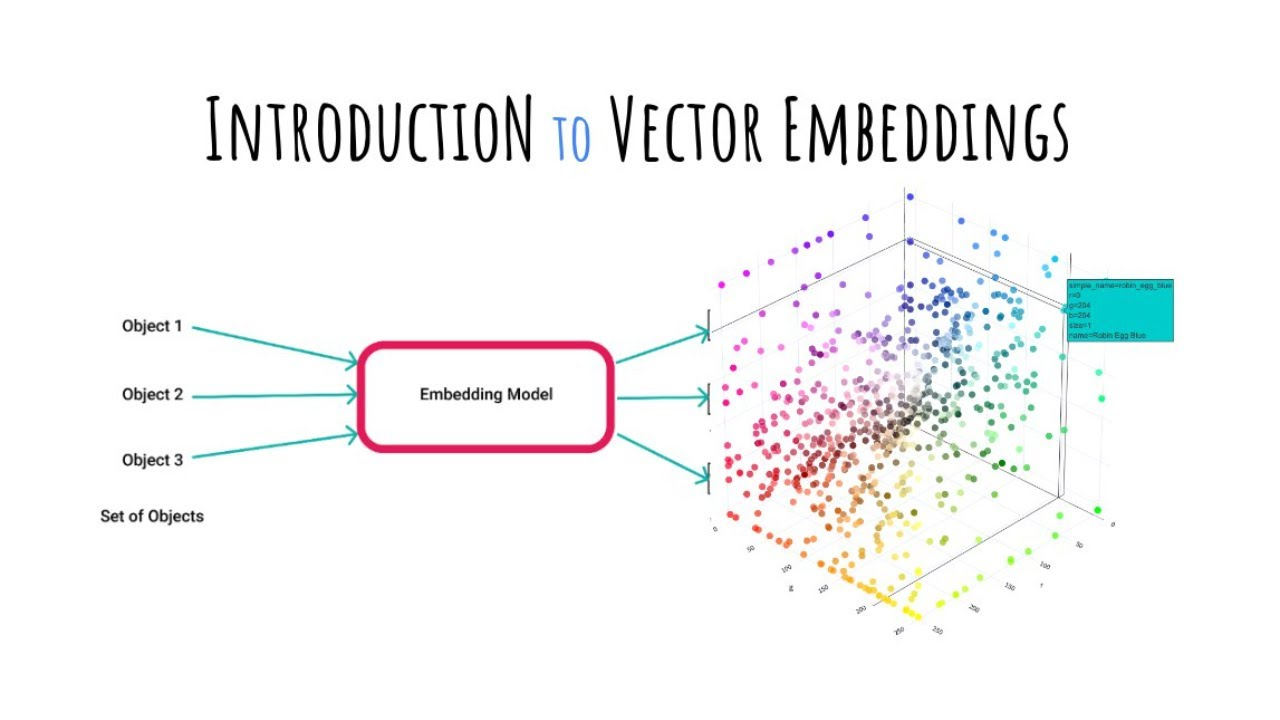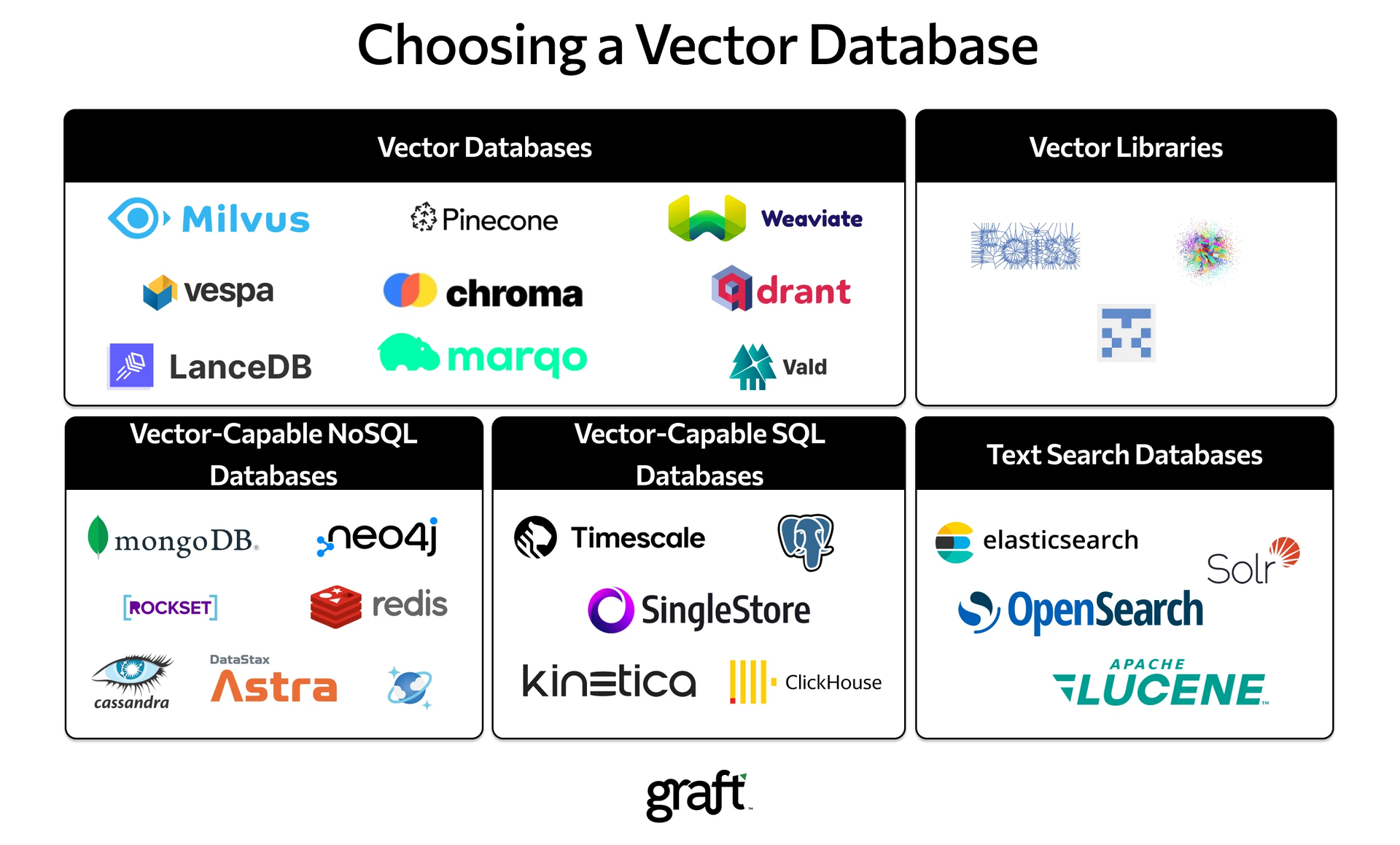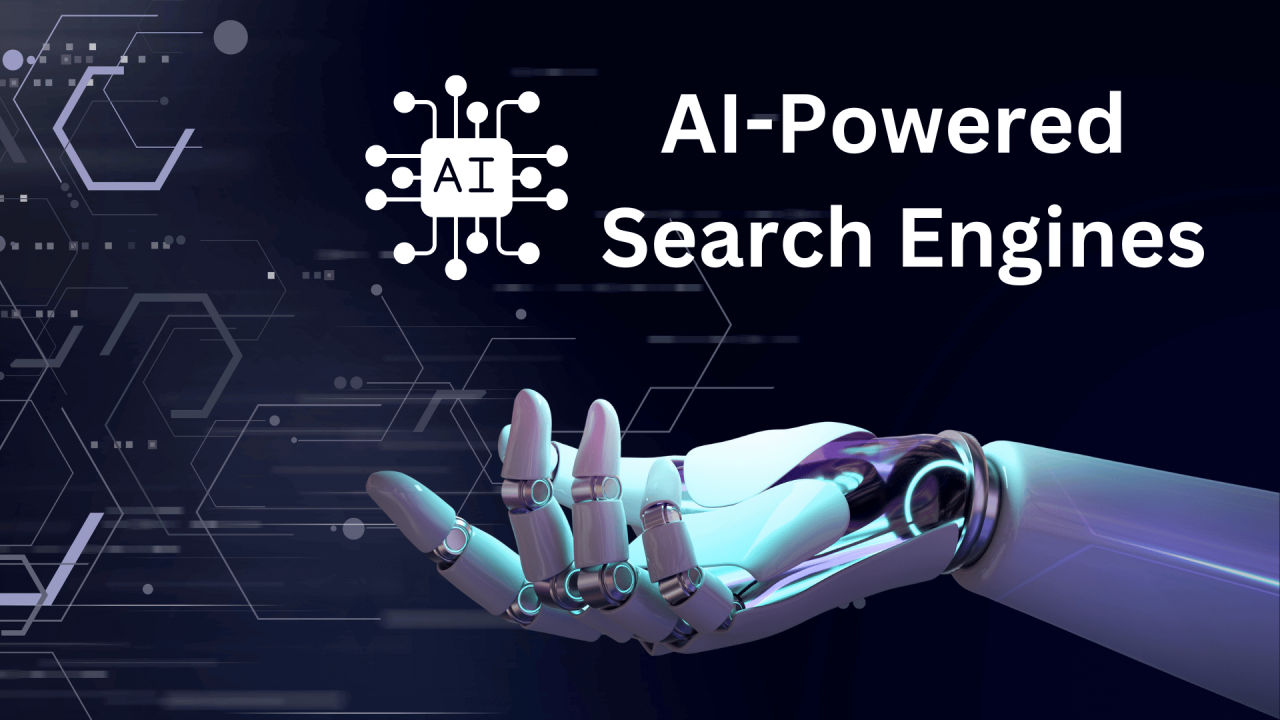How does AI find similar images?
Michelangiolo Mazzeschi • 2023-12-21
Create an AI Ecommerce Search for your store using AI powerd Search Engines. Discover the benefits of an AI powered Search Engine in ecommerce.
In the ever-evolving technological landscape, the role of Artificial Intelligence (AI) is becoming increasingly paramount. Its applications have penetrated various sectors, demonstrating its versatility and efficiency. One such intriguing application is how AI find similar images. This capability has revolutionized sectors like e-commerce, social media, and digital marketing, where visual content plays a significant role.
The process of finding similar images is not a simple one. It's a complex orchestration of numerous algorithms and processes, working seamlessly to deliver accurate results. The magic behind this lies in two primary components - Embeddings and Vector databases. Let's delve deeper into these aspects to understand how an AI powered Search Engine leverages these to find similar images.
How Does an AI Find Similar Images?
The mechanism of how AI finds similar images is a fascinating blend of mathematics, computer science, and machine learning. The journey from an image's input to retrieving similar images involves a series of intricate steps that are well-articulated and synchronized.
The Magic of Embeddings
Embedding is a term used in machine learning to denote the conversion of raw data into a form that a machine can understand. When we talk about how AI find similar images, the concept of embeddings comes into play in a significant way.
In the context of image search, embeddings transform the raw image data into a numerical representation, typically a vector, that captures the essential features of the image. This transformation process is generally achieved using deep learning models such as Convolutional Neural Networks (CNN).
When an image is input into the system, the AI first processes it through the trained deep learning model. This model effectively captures the 'essence' of the image, translating it into a high-dimensional vector. This vector, or embedding, encapsulates the visual features of the image - such as color, texture, shape, and so forth.
The beauty of embeddings is that similar images will have similar embeddings. This similarity is not based on the pixel-by-pixel comparison of images, but rather on the high-level features captured by the embeddings. This is why the AI can identify visually similar images, even though they might not be identical at the pixel level.
Vector Databases and How They Let AI Find Similar Images
Once the AI has generated the embeddings, the next step in the process is to find similar images. This is where vector databases come into play. A vector database is a specialized database designed to store and retrieve high-dimensional vectors efficiently. In this article, we describe in depth what are AI powered Search Engines.
When an AI powered Search Engine is looking for similar images, it does not compare the query image's embedding with every single image in the database. That would be incredibly time-consuming and inefficient. Instead, it uses the power of vector databases.
Vector databases allow the AI to perform a nearest neighbor search. This is a type of search where the goal is to find the vectors in the database that are closest to the query vector. The 'distance' between vectors is a measure of their similarity – the closer two vectors are, the more similar the images they represent.
To put it simply, when the AI receives a query image, it generates the image's embedding, then uses the vector database to find the embeddings that are closest to it. These closest embeddings correspond to the images that are most similar to the query image.
This sophisticated interplay between embeddings and vector databases forms the backbone of how AI find similar images. It's a testament to the power of AI and its potential to revolutionize various sectors. As we continue to explore and innovate, the capabilities of AI-powered image search are set to reach new heights./n3. The Main Use Cases of AI that Find Similar Images
The use cases of AI that find similar images are vast and span across various sectors. The ability to identify and categorize images based on their similarities has opened up new avenues for innovation in multiple industries.
- In the fashion industry, AI can identify similar clothing items from different retailers, helping shoppers find their desired style across multiple platforms. For instance, a user can upload a picture of a celebrity wearing a particular outfit, and the AI can search through online stores to find similar items. This capability has revolutionized the way we shop and has made the process more personalized and efficient.
- In the realm of digital marketing, AI's ability to find similar images can be used for targeted advertising. It can analyze social media posts to identify consumer preferences and then serve ads featuring products that match those preferences. This use of AI helps businesses to reach their target audience more effectively, increasing their conversion rates and ROI.
- AI that find similar images is also used in medicine. Medical imaging technology, such as MRI and CT scans, produces thousands of images that professionals need to review. AI can help by identifying abnormal images that are similar to known cases of diseases and conditions, saving doctors valuable time and improving diagnostic accuracy.
- In law enforcement and security, AI can assist in finding similar images of a suspect from various sources of footage. This use of AI can speed up investigations and improve the chances of catching culprits.
Are There New Technologies that let AI Find Similar Images?
One of the latest breakthroughs in the field of AI is the CLIP (Contrastive Language-Image Pretraining) encoder. The CLIP encoder is a new type of AI model that can understand and generate images and text in a unified manner. This technology is a significant leap forward as it allows AI to find similar images even when the search query is a text description.
The CLIP encoder works by converting both images and text into the same type of 'vector' in an abstract mathematical space. This means that when a user types in a search query, the CLIP encoder can translate this into a vector and then find images that have similar vectors. This allows the AI to find similar images even when the similarities are not purely visual but also conceptual.
Why The World is Shifting to AI Powered Search Engines
The shift towards AI powered search engines is primarily due to their superior accuracy, flexibility, and ability to decrease bounce rates. Traditional search engines often struggle to understand the context of a search query, resulting in irrelevant results. AI powered search engines can better understand the intent behind a search, leading to more relevant results and a better user experience.
Moreover, AI powered search engines can handle a wider variety of search queries. They can understand and respond to voice commands, recognize images, and even interpret emotions. This flexibility allows them to cater to a wider user base and adapt to the changing ways that people interact with technology.
Lastly, AI powered search engines can significantly decrease bounce rates. Bounce rates increase when users visit a website and leave without interacting with the site. By providing more accurate search results, AI powered search engines can keep users engaged for longer, reducing bounce rates and increasing the chances of conversion.
Conclusion
In conclusion, the ability for AI to find similar images has vast applications across various sectors, from fashion and digital marketing to medicine and law enforcement. New technologies like the CLIP encoder are continually advancing the field, enabling AI to understand and find images in more sophisticated ways.
As the world shifts towards AI powered search engines, we can expect a more seamless and personalized online experience. These technological advancements promise not only to revolutionize the way we search for information but also how we interact with the digital world. It's an exciting time to be part of this digital transformation, and we can't wait to see what's next.




